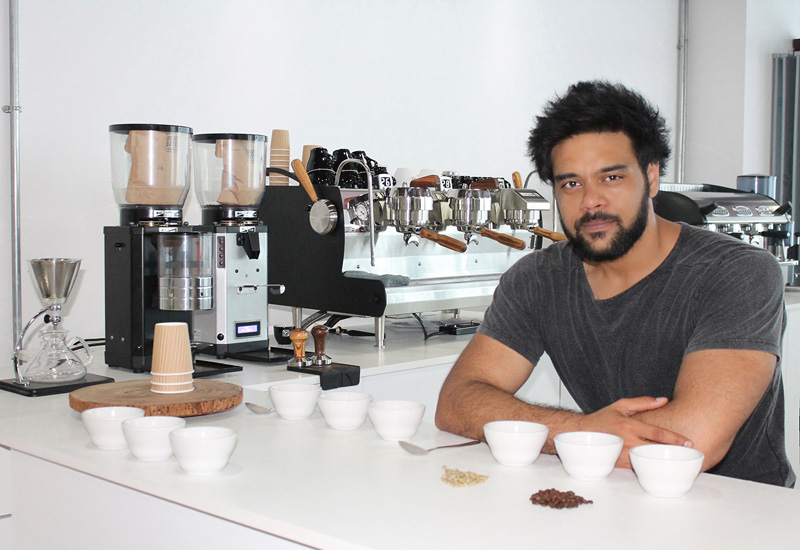Ryan Godinho talks coffee labels and certifications, discussing some of the most common classifications from the ground up, while examining the challenges that these systems impose on the humble coffee grower and providing consumers with a broader perspective
Today’s global coffee consumer market is ridden with misconceptions surrounding coffee labelling such as ‘speciality’, ‘fair trade’, ‘Rainforest Alliance’, ‘organic’, ‘bird friendly’, and ‘4C’ to name a few.
In the UAE, these are titles that get printed on packaging, promoted in cafés and extrovertly consumed by coffee lovers across the country.

| Advertisement |
As producers of the UAE’s most prestigious national-level coffee championships (licensed by World Coffee Events) and in collaboration with the International Coffee & Tea Festival (ICTF), we recently conducted a local survey of 200 self-confessed coffee drinkers in the UAE, which revealed that most of them had been exposed to fair and ethically-traded coffee and many were persuaded to buy coffee that is either fair trade, specialty or organic.
More importantly, none of the surveyed candidates were able to demonstrate a clear understanding of these labels.
If we take a step back on the vertical chain and look at the source of some of these labels associated with our coffees and how, through the power of marketing, we are often buying into a concept that is perhaps not as helpful to the stakeholders it is intended to benefit, we come across a host of dichotomies and contradictions that are associated with coffee labels.
Let’s begin with the ‘speciality coffee’ classification. Coined in 1974, by Erna Knutsen, of Knutsen Coffee Ltd, the concept was quite simple: special geographic microclimates produce beans with unique flavor profiles, which were recognised as ‘speciality coffees’. Since the early 80s, the Specialty Coffee Association of America (SCAA) continues to define it in this context.
Today, coffee falls under the ‘speciality’ banner if it is deemed to be of a certain quality, scoring a minimum of 80 points by three certified graders. However, speciality coffee need not always qualify as fair trade or organic — as coffee that is grown organically or under the fair trade parameters may still be of very poor quality.
In speciality coffee, the deciding factors are aspects such as visual and gustatory sensors, and graders look for a distinct taste along with attributes that are a cut above the common coffee beverages in the market.
With ‘ethical trade’ and ‘fair trade’ certification, although both these titles share the commonality of promoting and empowering underprivileged coffee growers, each targets a different form of welfare.
The Fair trade movement emerged to protect farmers in the developing world from low international market prices of the coffee commodity, so that whatever the conventional going market rate, farmers who have abided by certain labour, environmental and production standards, were supported to receive fair terms of trade and justifiable prices for the product they are growing.
The ethical trade movement first came into the picture in the 1990s, when poor/harsh working conditions of workers involved in coffee growing and trading were exposed by the media and acknowledged by the public at large. This gave birth to the concept of ethical trade whereby greater pressures on multinationals were called for to take recognised steps in improving the working conditions of their staff throughout the supply chain.
Article continues on next page ...









 Search our database of more than 2,700 industry companies
Search our database of more than 2,700 industry companies









